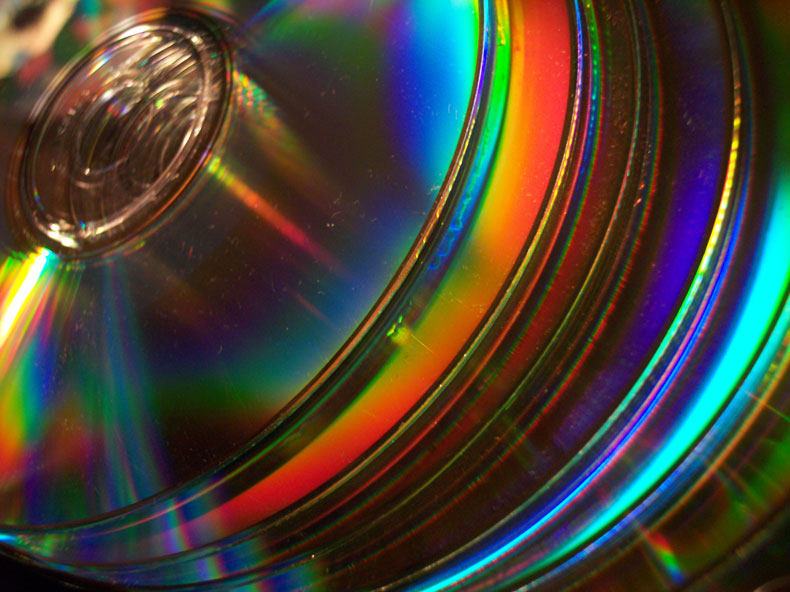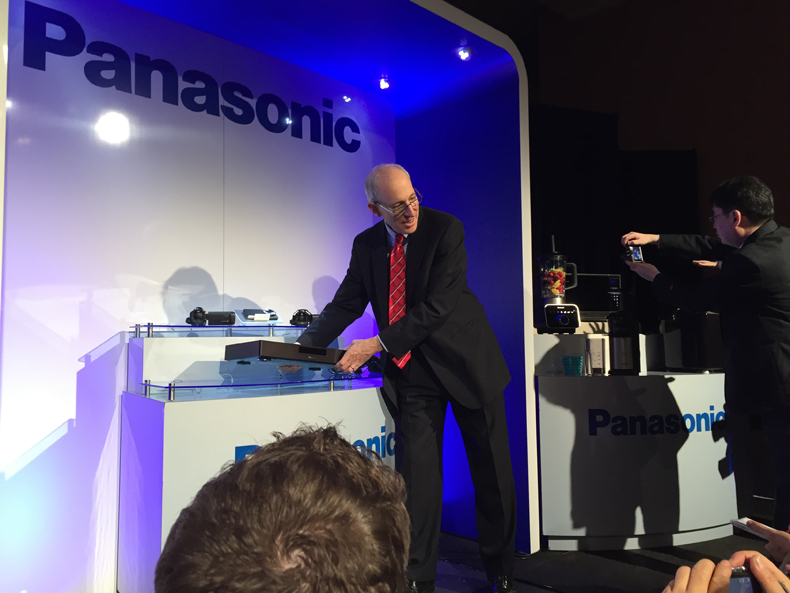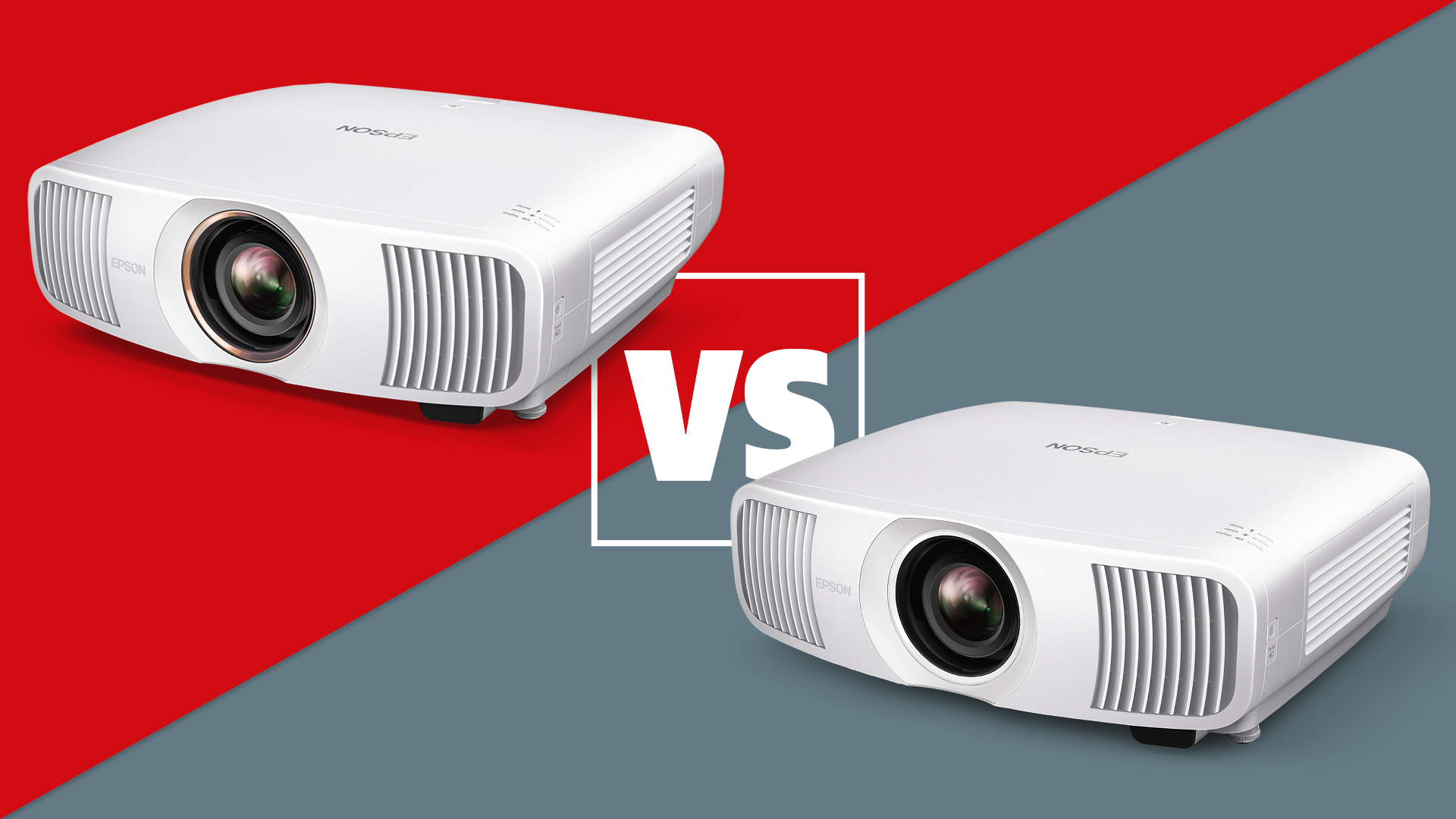4K Blu-ray discs: BDA agrees standards for next-generation discs
It seems almost certain that we'll be seeing the first batch of 4K Blu-ray discs hit the shelves in time for the Christmas buying season after new standards for the next-generation discs were agreed.

According to 4K.com, "a more or less conclusive agreement" has been reached by the Blu-ray Disc Association (BDA) that paves the way for the first Ultra HD-capable releases as early as mid-2015.
It's thought the BDA will support three separate High Dynamic Range (HDR) technologies in its 4K Blu-rays, including specs from Dolby Vision and the HDR system being developed by Philips.
MORE: CES 2015 – BDA confirms preliminary spec for 4K Blu-ray discs

A joint HDR standard from Technicolor is also expected to be supported, along with the concept of "better pixels" that are designed to improve the picture quality of 4K resolution screens in future.
The discs themselves are also set to change, with a 66GB dual-layer and a 100GB triple-layer Blu-ray disc expected to become the medium. Video will be encoded with the h.265 HEVC codec.
Speaking to What Hi-Fi? at CES 2015, the BDA's Victor Matsuda said the data transfer speeds will prove a big advantage for discs over streaming 4K – as high as 108mbps (dual-layer) or 128mbps (triple-layer).
MORE: Ultra HD 4K Blu-ray spec is about "more than resolution"
The latest hi-fi, home cinema and tech news, reviews, buying advice and deals, direct to your inbox.

That compares with the 15mbps that Netflix claims will be sufficient for streaming 4K content using an internet connection – and it's only a year ago Netflix was skeptical that 4K discs would emerge.
Matsuda also revealed that the colour bit depth is set to increase from 8-bits to 10-bits per channel, with Ultra HD Blu-ray discs able to support resolutions up to 3840 x 2160 at up to 60fps.
And let's not forget that new hardware capable of supporting 4K Blu-ray discs is also in the pipeline – Panasonic's prototype 4K Blu-ray player witnessed at CES 2015 (above) is just one example of that.
MORE: How to watch 4K content right now
[via 4K.com]
Pete was content editor on What Hi-Fi?, overseeing production and publication of digital content. In creating and curating feature articles for web and print consumption, he provided digital and editorial expertise and support to help reposition What Hi-Fi? as a ‘digital-first’ title; reflecting the contemporary media trends. He is now a senior content strategist.
